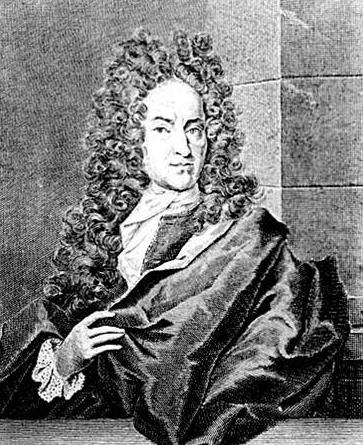 |
| Johann Joachim Becher |
 The phlogiston theory was first developed in 1667 by Johann Joachim Becher. The theory was an attempt to explain processes of burning such as combustion and rusting of metals. The theory holds that all combustible resources contain phlogiston, a substance lacking color, odor, taste, and mass, which is liberated by burning. Once burned, the "dephlogisticated" substance was held to be in its true form, the calx. Traditionally, alchemists considered that there were four classical elements: fire, water, air, and earth. Becher eliminated fire and air from the classical element model and replaced them with three forms of earth. Eventually, quantitative experiments revealed problems, including the fact that some metals gained weight when they burned, even though they were supposed to have lost phlogiston. Mikhail Lomonosov attempted to repeat Robert Boyle's experiment in 1753 and concluded that the phlogiston theory was false.
The phlogiston theory was first developed in 1667 by Johann Joachim Becher. The theory was an attempt to explain processes of burning such as combustion and rusting of metals. The theory holds that all combustible resources contain phlogiston, a substance lacking color, odor, taste, and mass, which is liberated by burning. Once burned, the "dephlogisticated" substance was held to be in its true form, the calx. Traditionally, alchemists considered that there were four classical elements: fire, water, air, and earth. Becher eliminated fire and air from the classical element model and replaced them with three forms of earth. Eventually, quantitative experiments revealed problems, including the fact that some metals gained weight when they burned, even though they were supposed to have lost phlogiston. Mikhail Lomonosov attempted to repeat Robert Boyle's experiment in 1753 and concluded that the phlogiston theory was false. 
No comments:
Post a Comment